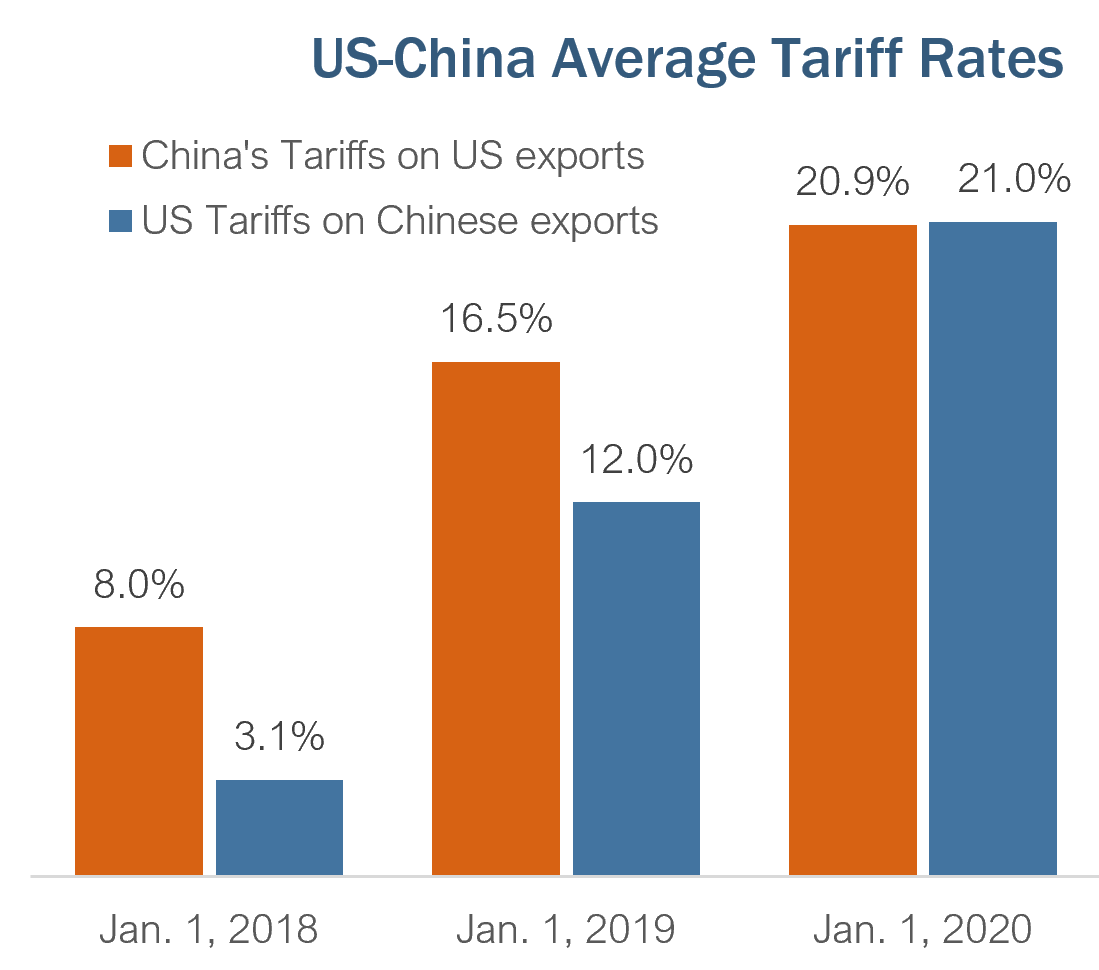 "Each investment is a risk," and Chinese factories are experiencing "significant losses" by manufacturing in Southeast Asian countries subjected to Trump's tariffs, as reported by industry experts.
"Each investment is a risk," and Chinese factories are experiencing "significant losses" by manufacturing in Southeast Asian countries subjected to Trump's tariffs, as reported by industry experts.Chinese exporters, such as Huang Yongxing, are seeking clear responses to begin producing and delivering products from their factories located in China or Southeast Asia.
And the responses— or at least the updates— that Huang receives, he posts on his social media account through weekly updates that have become popular among owners of small and medium-sized businesses as unpredictable and changing tariff policies from Washington keep reshaping the profit margins for manufacturers.
They are now confronted with a long-term challenge regarding investments, as some of their international factories are facing the threat of US President Donald Trump's "reciprocal"tariffs as high as 40 percent on 14 nations, many of which are key markets for Chinese exports.
Are you curious about the most significant issues and developments happening globally? Find the information you need withSCMP Knowledge, our latest platform featuring curated content including explainers, FAQs, analyses, and infographics, presented by our acclaimed team.
Trump's action, revealed on Monday, places Southeast Asia—China's biggest export market—within Washington's trade focus, simultaneously impacting Chinese exporters' transshipment plans across the region.
Uncertainty surrounds the U.S. approach to transshipment, as high tariffs are hinted at without clear implementation plans, causing significant concerns for Chinese investors looking to invest abroad.
In reply, numerous Chinese firms—those that have already gone global and others intending to expand internationally—have had limited choice but to proceed cautiously.
Huang, a lighting product exporter located in Zhejiang province, has had to frequently adjust its plans to establish a factory in Cambodia because of the changing trade policies under Trump in recent months.
"Customers were urging me to establish production in Southeast Asia, but this involves double costs—maintaining my Chinese factory while investing in a new one," he mentioned in a recent video shared on WeChat, China's widely used messaging application.
Due to underdeveloped local supply chains, it will require at least two years to acquire new clients. The actual cost would be twice as high, yet there would be only a single source of revenue.
Six of the 10 Association of Southeast Asian Nations members are impacted, with Cambodia, Thailand, Indonesia, Laos, and Myanmar encountering tariffs between 25 to 40 percent. Among these, Laos and Myanmar would face the highest tariffs at 40 percent, making the cost increase render Chinese companies' method of re-exporting to the US through these nations almost ineffective.
Influenced by years of increasing trade measures and policy changes, the current weighted average tariff on Chinese imports is estimated at 42 per cent, as reported by Morgan Stanley. UBS estimates the rate at43.5 per cent.
No matter what decision you make, it always seems incorrect," said another lighting supplier, Levi Tan, from Guangdong province. "Those individuals who have already constructed factories are unable to sleep at night.
Industry experts have cautioned that, although the "going global" trend remains strong, increasing uncertainty about tariffs is quickly reducing the strategic options available to Chinese exporters.
"Without consistent expectations, each investment becomes a risk," noted supply-chain expert Liu Kaiming, who has experience with rerouting models.
Cambodia currently possesses a relatively comprehensive industrial chain specifically in the garment sector, while Laos and Myanmar only have isolated factories," Liu explained. "If they are placed on the high-tariff list, re-exports from Laos and Myanmar would become nearly impossible, and Chinese factories operating there will certainly face significant losses.
Liu stated that he is convinced Southeast Asia will remain a crucial factor in reshaping China's supply chain, although he noted that the process is turning out to be significantly more challenging than many companies had originally anticipated.
From enhancing production capabilities to raising capital, all expenses are increasing," Liu stated. "Trump's policy changes happen so often that many business owners feel as if whatever they do is the wrong decision.
Hardware exporter Kevin Huang from Guangdong shared similar worries, pointing out how ongoing modifications in US tariff regulations are increasing immediate risks. "Some of my colleagues have just completed establishing their factories but are now experiencing cash-flow difficulties," he mentioned.
With his American clients "experiencing losses and postponing payments," Huang stated: "I'm afraid to keep shipping right now, and all I can do is get ready to handle the bad debt."
Some local producers, however, perceive an unforeseen benefit.
"If Southeast Asia faces tariffs, we could potentially gain a competitive advantage," stated Wang Shui, a pet product manufacturer based in Guangdong.
We don't fear tariffs. Provided we can offer high-quality items, customers will continue to place their orders. Numerous products are beyond the production capabilities of Southeast Asia.
Nevertheless, Wang recognized that the overall trade situation was becoming more unstable.
Whether remaining in China or venturing overseas, manufacturers are encountering extraordinary uncertainty," he expressed. "As US policies change constantly, no one can predict what will come next.
More Articles from SCMP
Why the 'Hermès' and 'Chanel' of Chinese lychees are so highly desired
It's time for companies to cease benefiting from Israel's 'economy of genocide'
Award-winning data scientist She Yiyuan returns to China for a new position after many years in the United States.
Style Edit: Richard Mille introduces the exclusive RM 30-01 Le Mans Classic to celebrate the historic car race that inspired its name.
This piece was first published in the South China Morning Post (www.scmp.com), a top news outlet covering China and Asia.
Copyright (c) 2025. South China Morning Post Publishers Ltd. All rights reserved.


